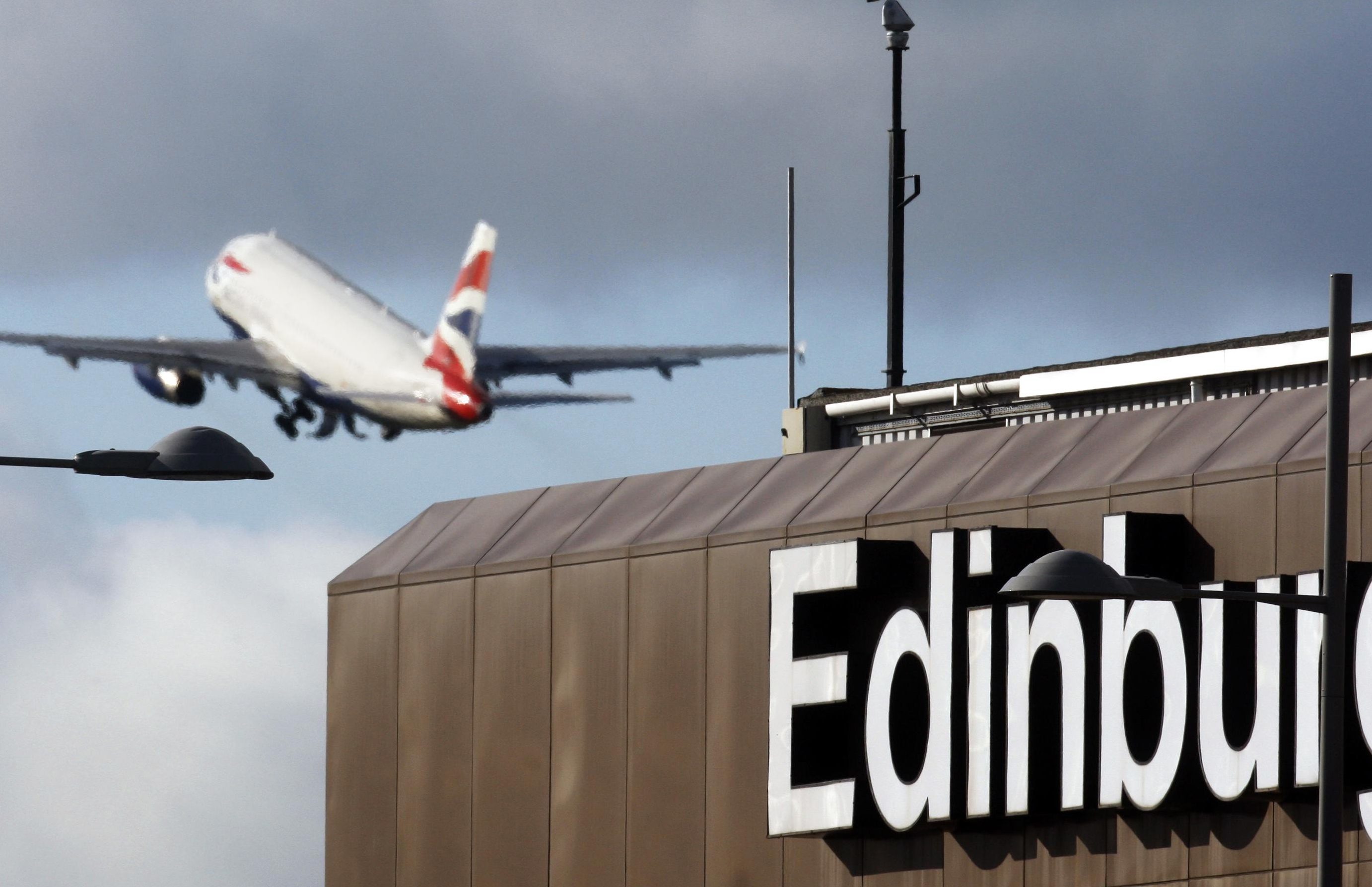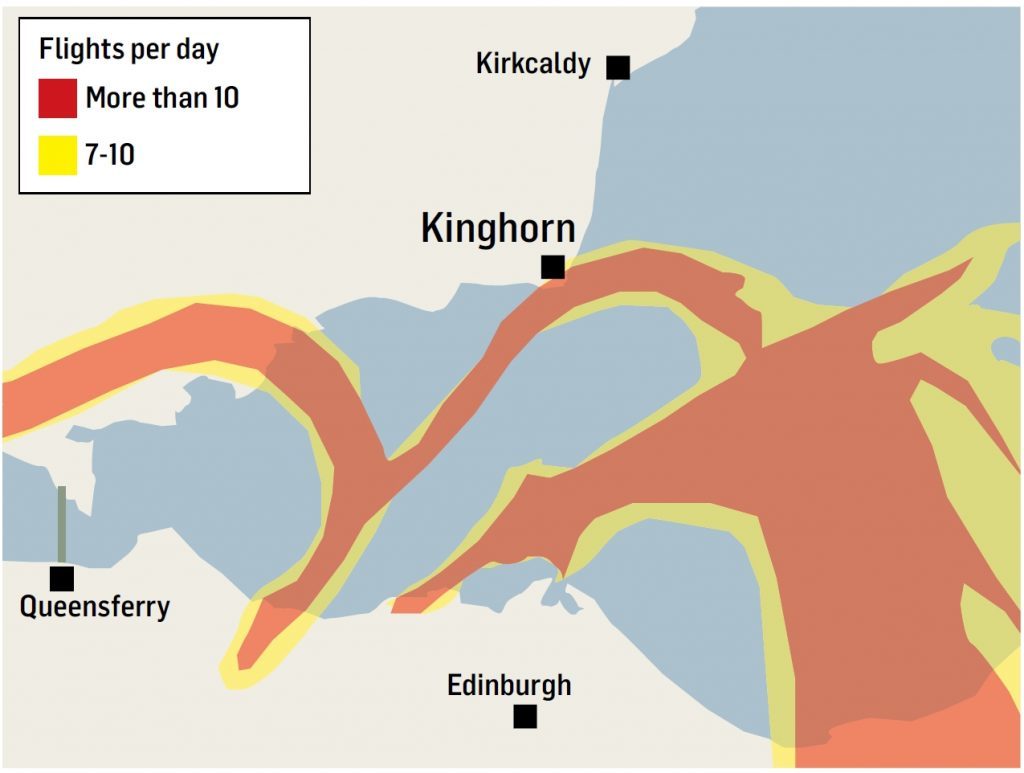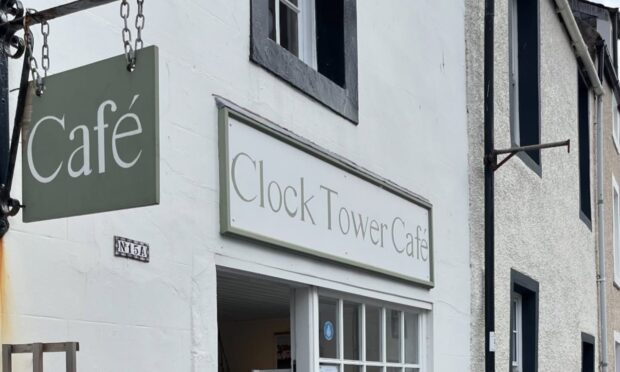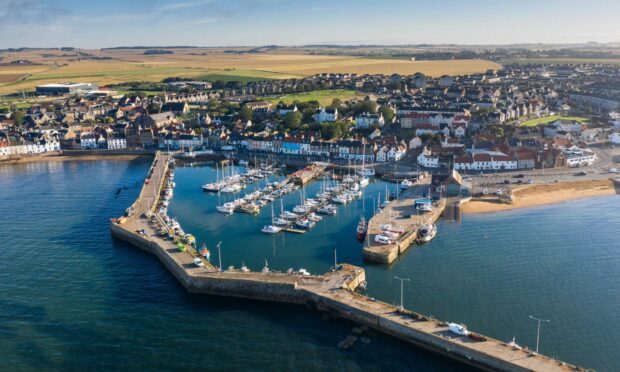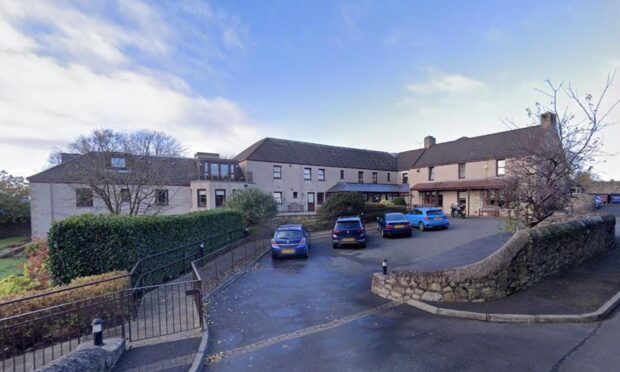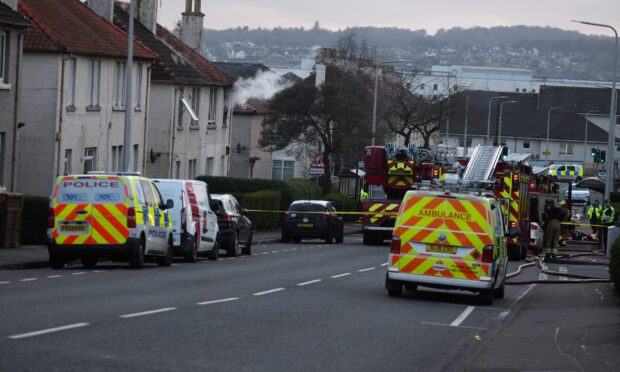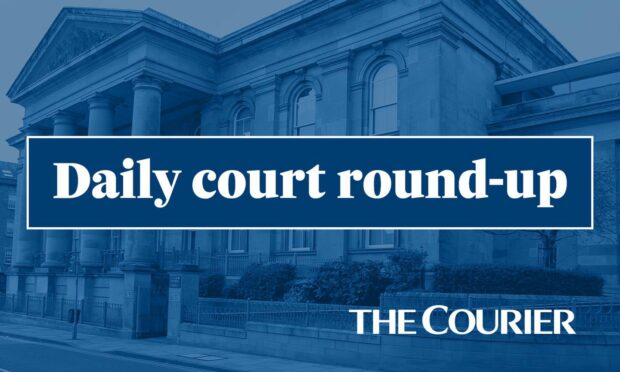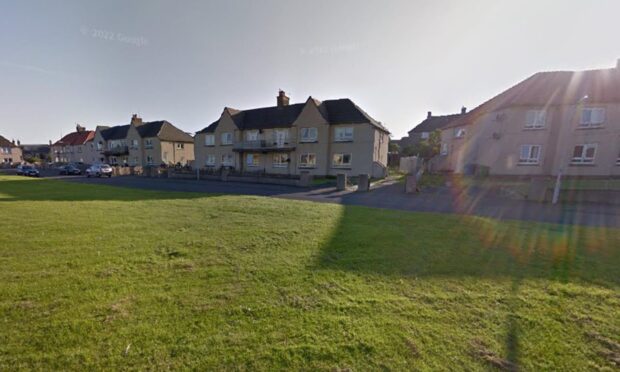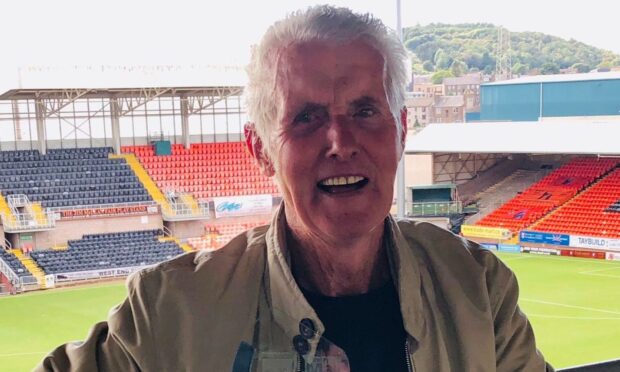Kinghorn and Burntisland residents have been praised for warning Edinburgh Airport against increasing overhead traffic.
There are fears in the changes to flight paths will see more large aircraft flying overhead, bringing more noise.
Almost 1,400 representations were made from Fife, many of them from the two communities and others along the Fife coast, during the first stage of the airport’s consultation on the changes.
Proposed new routes published by the airport on Monday avoid the area, although if adopted they will see intensification of flying over parts of west Fife, including Dalgety Bay, North Queensferry, Cairneyhill, Comrie, Crossgates, Carnock and Townhill.
Burntisland, Kinghorn and Western Kirkcaldy councillor Susan Leslie said: “There was particular concern in Kinghorn and Burntisland about flights at low level over the towns.
“A strong case was made by many of us to take the new flights paths over the sea and the Firth of Forth to avoid flying over populated areas.
“The proposals that have now come forward for consultation would appear to show that the airport authorities have listened to us.”
However, she urged people to continue pressing the case in the second round of consultation, which runs until April 30.
Edinburgh Airport said the preferred options for its airspace change programme would see almost 25,000 fewer people being overflown by aircraft at or below 7,000ft.
Existing flight paths rely on 1950s technology of ground-based radio beacons while new flight paths will use the more accurate Area NAVigation system which allows aircraft to take a more precisely defined path.
Gordon Dewar, airport chief executive, said: “Our proposed flight paths are a balance of interests focused on three key factors: impact on communities, airspace regulation as well as airport and aircraft operations.
“Edinburgh Airport and the aviation sector in general are strongly growing parts of a still sluggish Scottish economy and we have to get this right for the sake of jobs in Scotland and environmental considerations.
“At the very heart of our proposals are the findings of the initial consultation.
“We have listened to the public in finding a solution.”
Proposed flight paths and details of how to respond to the consultation are available at www.letsgofurther.com.
